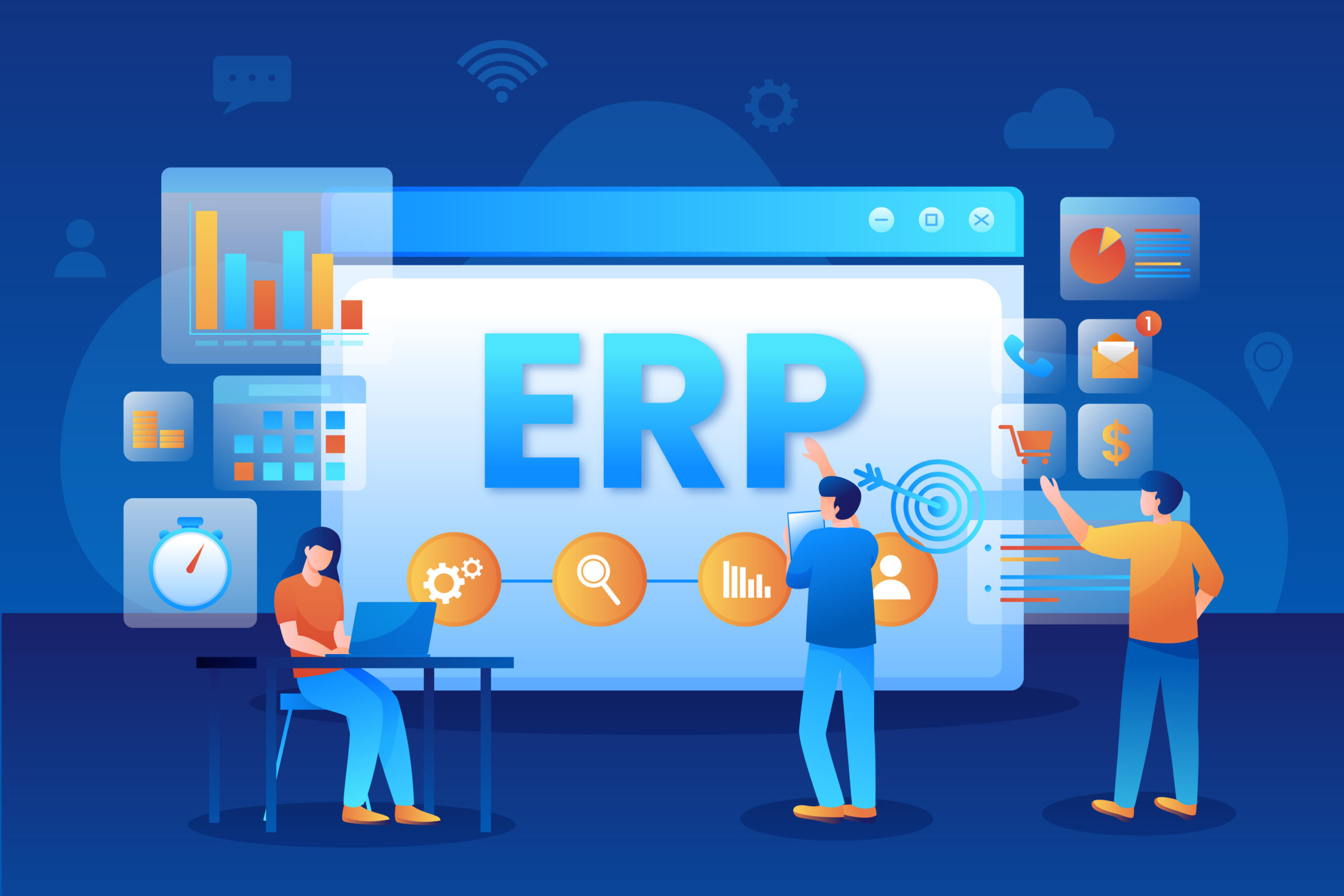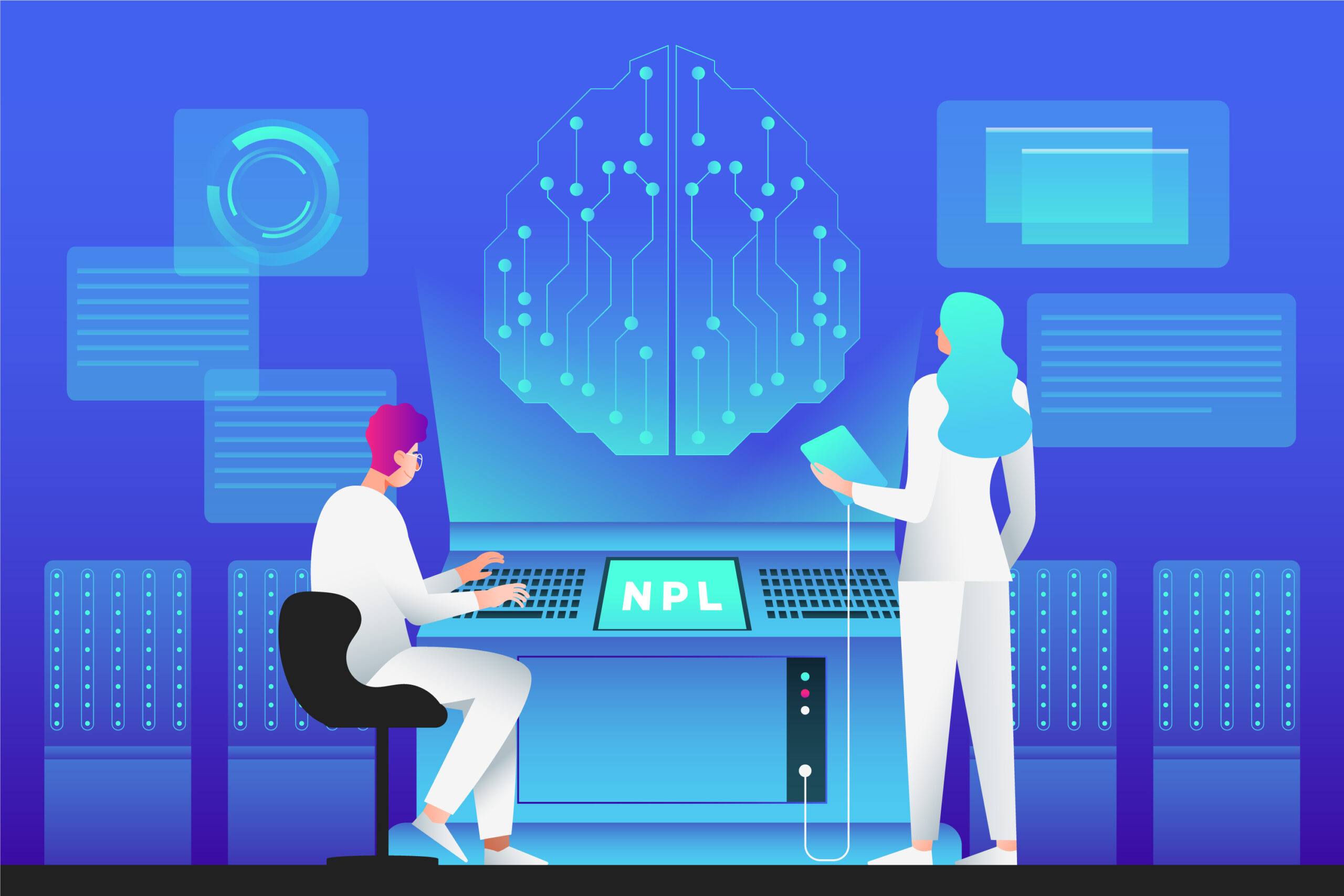
How does Hybrid Cloud Work?
The journey to understand the intricacies of hybrid cloud computing unveils a dynamic synergy between on-premises infrastructure and cloud services.
Hybrid cloud solutions seamlessly integrate private and public clouds, offering businesses unparalleled flexibility, scalability, and efficiency. This fusion optimizes resource utilization and empowers organizations to navigate a digital landscape with agility. Let’s unravel the mechanisms behind the effectiveness of the hybrid cloud and explore its transformative impact on modern IT ecosystems.
Traditional Hybrid Cloud Architecture
Hybrid cloud transforms on-premises data centers into private clouds. It links to public clouds like IBM, AWS, or Azure. Solutions like Red Hat OpenStack or middleware facilitate integration.
Unified tools monitor, allocate, and manage resources centrally. The approach aims for seamless cloud resource utilization. The transition involves a comprehensive strategy for optimal performance.
The outcome was a unified IT infrastructure well-suited to various use cases:
Security and Regulatory Compliance:
Allocate private cloud resources located behind the firewall for handling sensitive data and highly regulated workloads. Meanwhile, leverage cost-effective public cloud resources for less-sensitive workloads and data.
Scalability and Resilience:
Leverage public cloud resources for swift, automated, and cost-efficient scalability during unexpected traffic spikes. This process, known as ‘cloud bursting,’ ensures that private cloud workloads remain unaffected.
The Rapid Adoption of New Technology:
Embrace or transition to the newest software-as-a-service (SaaS) solutions, seamlessly integrating them into existing applications, all without the need to set up new on-premises infrastructure.
Enhancing legacy applications:
Enhance the user experience of current applications or expand them to new devices by leveraging public cloud services.
VMware migration:
Transfer existing on-premises workloads to virtualized public cloud infrastructure through a ‘lift and shift’ approach. This reduces the on-premises data center footprint and scales as required, without the need for additional capital equipment investment.
Resource optimization and cost savings:
Operate workloads with consistent capacity on a private cloud, while migrating more variable workloads to the public cloud. Additionally, leverage public cloud infrastructure to rapidly deploy development and test resources as required.
Modern Hybrid Cloud Architecture
In contemporary hybrid cloud architecture, the focus has shifted away from physical connectivity to emphasizing the portability of workloads across all cloud environments. The primary goal is to automate the deployment of these workloads to the most suitable cloud environment based on specific business needs. Several trends are steering this transition.
Organizations, in their ongoing digital transformations, are developing new applications and revamping legacy ones to harness cloud-native technologies. These technologies ensure consistent and reliable development, deployment, management, and performance across various cloud environments and vendors.
A key aspect is the adoption of a microservices architecture, breaking applications into smaller, loosely coupled, reusable components tailored to specific business functions. These applications are then deployed in containers, which are lightweight executable units containing only the necessary application code and virtualized operating system dependencies.
At a broader level, public and private clouds are no longer confined to physical ‘locations.’ For instance, many cloud vendors provide public cloud services that operate in their customers’ on-premises data centers. Private clouds, traditionally on-premises, are now often hosted in off-premises data centers, on virtual private networks (VPNs) or virtual private clouds (VPCs), or on dedicated infrastructure rented from third-party providers, sometimes even public cloud providers.
Infrastructure virtualization
Furthermore, infrastructure virtualization, also known as infrastructure as code, empowers developers to create these environments on demand, utilizing any compute or cloud resources behind or beyond the firewall. This becomes increasingly vital with the rise of edge computing, offering opportunities to enhance global application performance by bringing workloads and data closer to where actual computing occurs.
Considering these factors and more, modern hybrid cloud infrastructure is converging towards a unified hybrid multi-cloud platform, encompassing:
- Capability to develop and deploy cloud-native applications seamlessly across all types of clouds, including both public and private, and across various cloud providers.
- Unified operating system compatible across all environments.
- Utilizing a container orchestration platform, typically Kubernetes, to automate the deployment of applications across different cloud environments.
Cloud-native development empowers developers to convert monolithic applications into modular units of business-focused functionality, runnable anywhere and reusable across various applications.
A standard operating system allows developers to embed any hardware dependency into any container. Leveraging Kubernetes orchestration and automation provides developers with precise, ‘set-it-and-forget-it’ control over container configuration and deployment. This includes aspects like security, load balancing, scalability, and more, extending across multiple cloud environments.
Benefits of a Unified Hybrid Cloud Platform
A unified hybrid cloud strategy is currently in its ‘early adopter’ phase. According to a recent survey, only 13 percent of organizations reported actively using a multi-cloud management platform. Despite being in the early stages, these organizations are already experiencing substantial benefits, including:
Improved developer productivity:
A unified hybrid cloud platform can facilitate the broader adoption of Agile and DevOps methodologies. It empowers development teams to create once and deploy across all cloud environments.
Greater infrastructure efficiency:
With increased control over resources, development, and IT operations teams can efficiently manage costs across public cloud services, private clouds, and various cloud vendors. This means a Hybrid cloud also aids companies in accelerating the modernization of applications and establishing connections between cloud services and data on cloud or on-premises infrastructure, creating avenues for delivering new value.
Improved regulatory compliance and security:
A unified platform allows an organization to leverage best-of-breed cloud security and regulatory compliance technologies. It enables the implementation of security and compliance measures consistently across all environments.
Overall business acceleration:
Experience a spectrum of advantages, including shorter product development cycles that swiftly bring innovations to market. Respond promptly to customer feedback, expedite the delivery of applications closer to clients, and achieve quick integration with partners for the seamless introduction of new products and services. These benefits collectively foster an environment of efficiency and agility. This ensures your organization stays ahead in the dynamic landscape of business and technology.
Here at CourseMonster, we know how hard it may be to find the right time and funds for training. We provide effective training programs that enable you to select the training option that best meets the demands of your company.
For more information, please get in touch with one of our course advisers today or contact us at training@coursemonster.com










